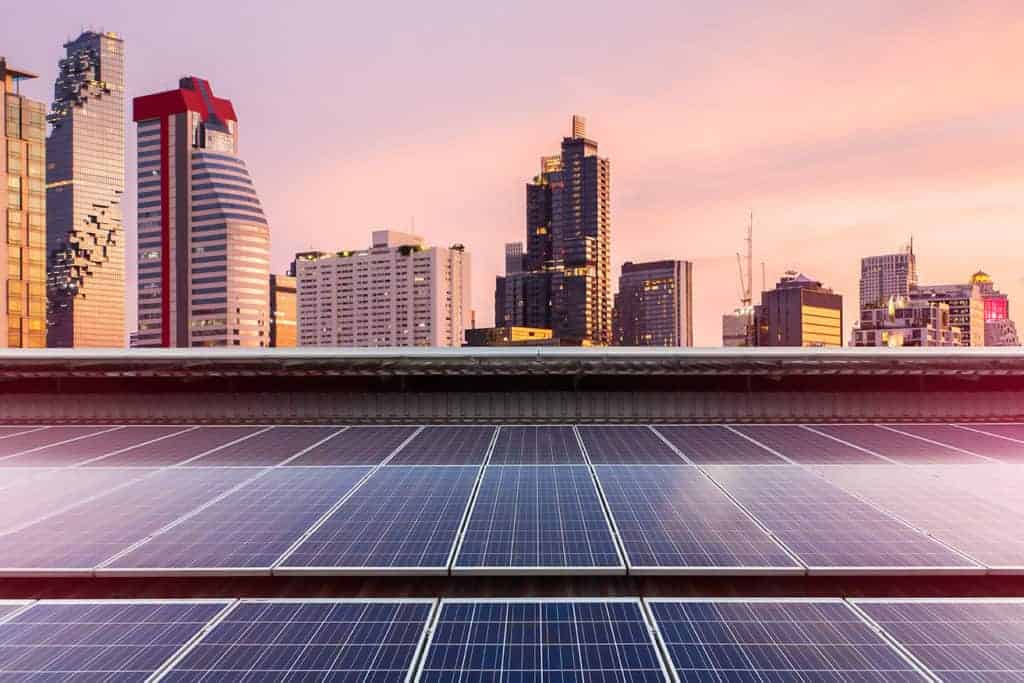The 26% solar investment tax credit (ITC) is an incredible opportunity that should be taken advantage of now by any company wanting to initiate a commercial energy project in the next few years. After 2020, the ITC becomes a “sunsetting tax credit,” which means it will drops to 22% in 2021, and then become set at 10% following 2022.

The decrease in the credit will be very noticeable to a project, so it’s important to secure the solar ITC this year. The good news is, even if a company does not have the funds to initiate a project immediately, they can use the safe harbor provision to access the 26% rate before it goes away with few upfront financial costs .
What Is the Solar Investment Tax Credit?
The ITC was introduced through the 2005 Energy Policy Act and incentivizes companies to invest in renewable energy projects through a tax credit. The solar ITC allows companies to claim a 26% tax credit against their federal taxes. This guarantees a faster return on investment for solar projects, allows cash flow to be diverted to other areas and helps businesses to transition to more sustainable energy solutions. Although it was due to be scrapped at the end of 2007, the popularity of the solar ITC saw it’s expiration date extended multiple times. Currently the ITC is being stepped down to a 10% commercial investment tax credit by 2023.
How Can the Investment Tax Credit Be Secured?
The simplest way to secure the solar ITC is to undertake construction before the end of 2020. There are also a few other requirements below:
- 1. The solar system being installed must be owned and not leased
- 2. The company must have tax liability
- 3. Nonprofits can still take advantage through our tax-equity investment program (ask our team for specifics)
Although it’s very easy to qualify, not all companies have the capital to initiate an entire project so close to the end of the year. This is where the safe harbor provision can be used.
What is the Safe Harbor Provision?
The safe harbor provision was introduced to reduce or eliminate legal or regulatory liability in particular situations as long as specific criteria are met. Safe Harbor is not exclusive to the solar ITC; however, it is available, and it is the only way to secure the maximum 26% tax credit during the solar installation process before the end of 2020. In order to qualify for safe harbor, either 5% of the project cost must be incurred or physical work must begin in 2020. Regardless of which route is chosen, the project must be completed by 2023.
5% Cost Project Approach
This approach only requires that 5% of the cost of the commercial solar project be incurred in 2020 to secure the 26% tax credit. Many organizations feel this is the easiest way to lock in solar ITC rates because paying for a part of the project, such as materials, would allow for safe harbor qualification. So, with this in mind, solar contractors can just invoice for 5% of the project cost. Proof of payment will need to be provided to the IRS.
Physical Work Approach
The other way to secure the 26% solar ITC rate through safe harbor is to actually start construction of the commercial project in 2020. For this, proof that work was carried out in 2020 will need to be provided to the IRS. Businesses are also required to prove that work on the project happened continuously until completion. Although this can be at any pace, in order to retain the 26% solar investment tax credit, the project must be completed by 2023.






